Still figuring out some fundamentals here, so forgive me if this is a newbie question, if I'm totally missing the mark, or if my math is incorrect (hoping to learn, even if this is all wrong).
I have a constant current power supply (12-20V 350mA) driving a burned out LED chip (6 SMD LEDs), and I have a replacement LED chip (300mA, 6 SMD LEDs.)
Would it be correct, or even more importantly, safe (AKA no fire,) to use a parallel resistor to divide the 350mA from the driver, pulling 50mA to the parallel resistor and leaving 300mA for the replacement LED chip?
I've attached a rough wiring diagram:
- The yellow box of LEDs is the replacement chip - I don't have a specific voltage for it from a data sheet, so I'm assuming 3.2V/LED for the resistor math.
- The 8Ω series resistor is intended to bring the voltage of the replacement LED chip circuit up into range of the power supply.
- The 240Ω parallel resistor is creating the current division.
- Both resistors are 1 watt resistors.
Obviously, in regards to the safety aspect of the question, the power supply is wired into 110V AC, so I don't want to create any safety issue that ultimately backs up the chain and involves that in any way.
